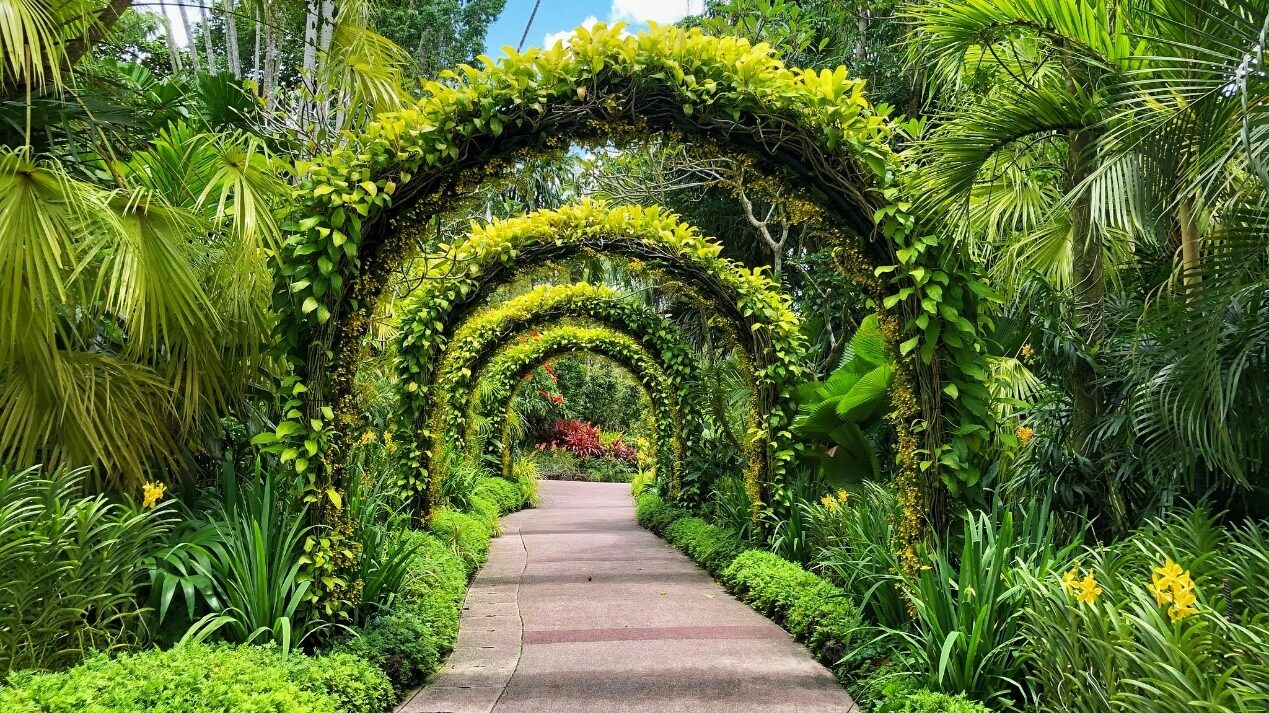A Spiteful Campaign: Agriculture, Forests and Administering the Environment in Imperial Singapore and Malaya
July 3, 2023

The Singapore Botanic Gardens was listed as a World Heritage Site by UNESCO on 4 July, 2014. Its history can be traced back to 1859, when it was envisioned to be a centre for the development of British imperial botany. However, as British colonisers reformed their agricultural policies, the role of the Garden and agriculture in Malaya had also been changing since its establishment.
In ‘A Spiteful Campaign: Agriculture, Forests and Administering the Environment in Imperial Singapore and Malaya’ (Environmental History, 2022), Associate Professor Timothy P. Barnard (NUS History) and Dr Joanna W. C. Lee (Monash University) trace the shift in British bureaucratic control over the natural environment in Malaya, which they argue has resulted in an amplification of the plantation system from a marginal portion of the imperial economy to one of its main components.
After being taken over by the British government in 1874, the Singapore Botanic Gardens became an outpost of science and imperial botany. Henry Nicholas Ridley, a colonial scientist, oversaw the operation of the Gardens for 24 years, during which he developed techniques to grow, harvest, and process rubber and produced more than 300 research articles on botany. However, despite developing the Singapore Botanic Gardens into a leading research centre, Ridley failed to get along well with his fellow British bureaucrats.
As tensions kept building up between Ridley and the rest of the British colonisers, Frank Swettenham became the new governor of the Straits Settlements in 1901. Swettenham reorganised the colonial bureaucracy, establishing two independent departments of forestry and agriculture, respectively. Besides, in response to the then British Foreign Secretary’s policy of using science to promote the empire’s colonial economic development, the new governor employed scientifically trained forest officers to assist plantation firms with growing rubber and other cash crops.
As for Ridley, he was eventually replaced by J.C. Wills, who was given the task of making recommendations on the future development of agricultural enterprises in Malaya. Wills suggested prioritising the establishment of large-scale agricultural enterprises. In Malaya, rubber acreage expanded from 6,000 acres in 1900 to 1,168,000 in 1914. The efforts to extract economic value from the Malayan farmland, however, had also brought about new agricultural techniques, such as rubber cultivation and pest control. Nevertheless, agricultural exports became entrenched in the Malayan colonial economy, and this was accomplished through massive deforestation. These policies had profound impact, even after the colony’s independence in 1957.
Read the article here: https://www.journals.uchicago.edu/doi/10.1086/719685
